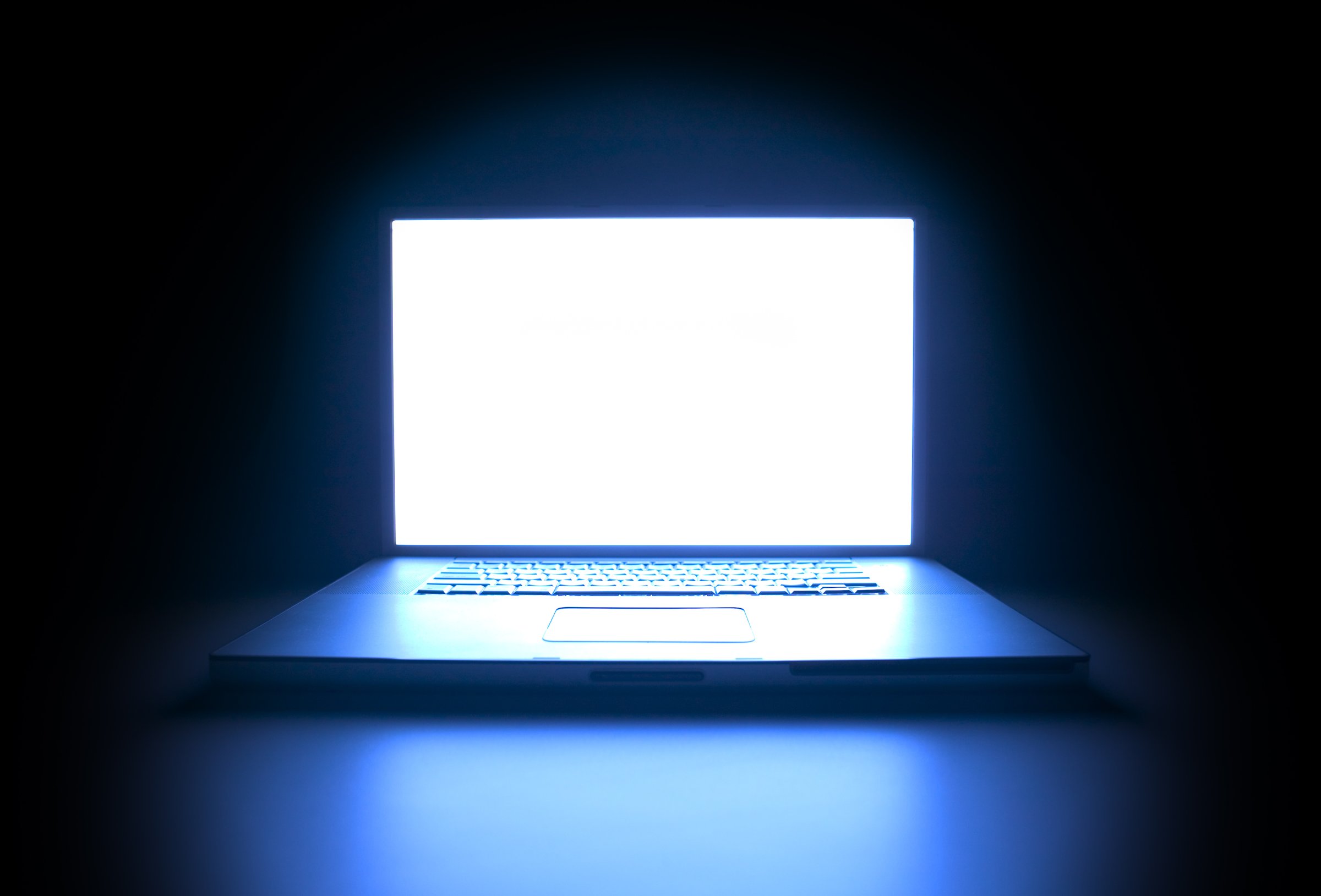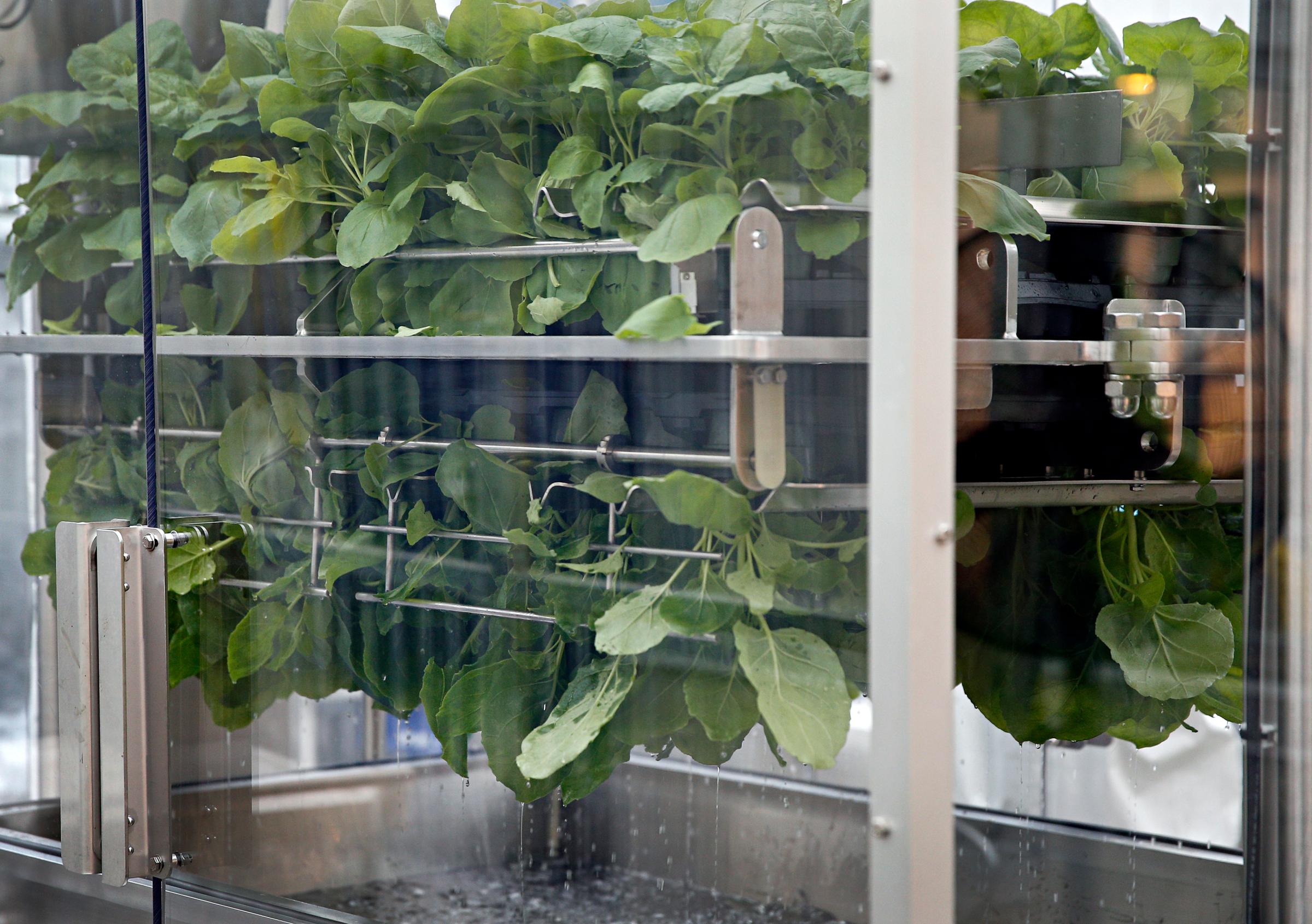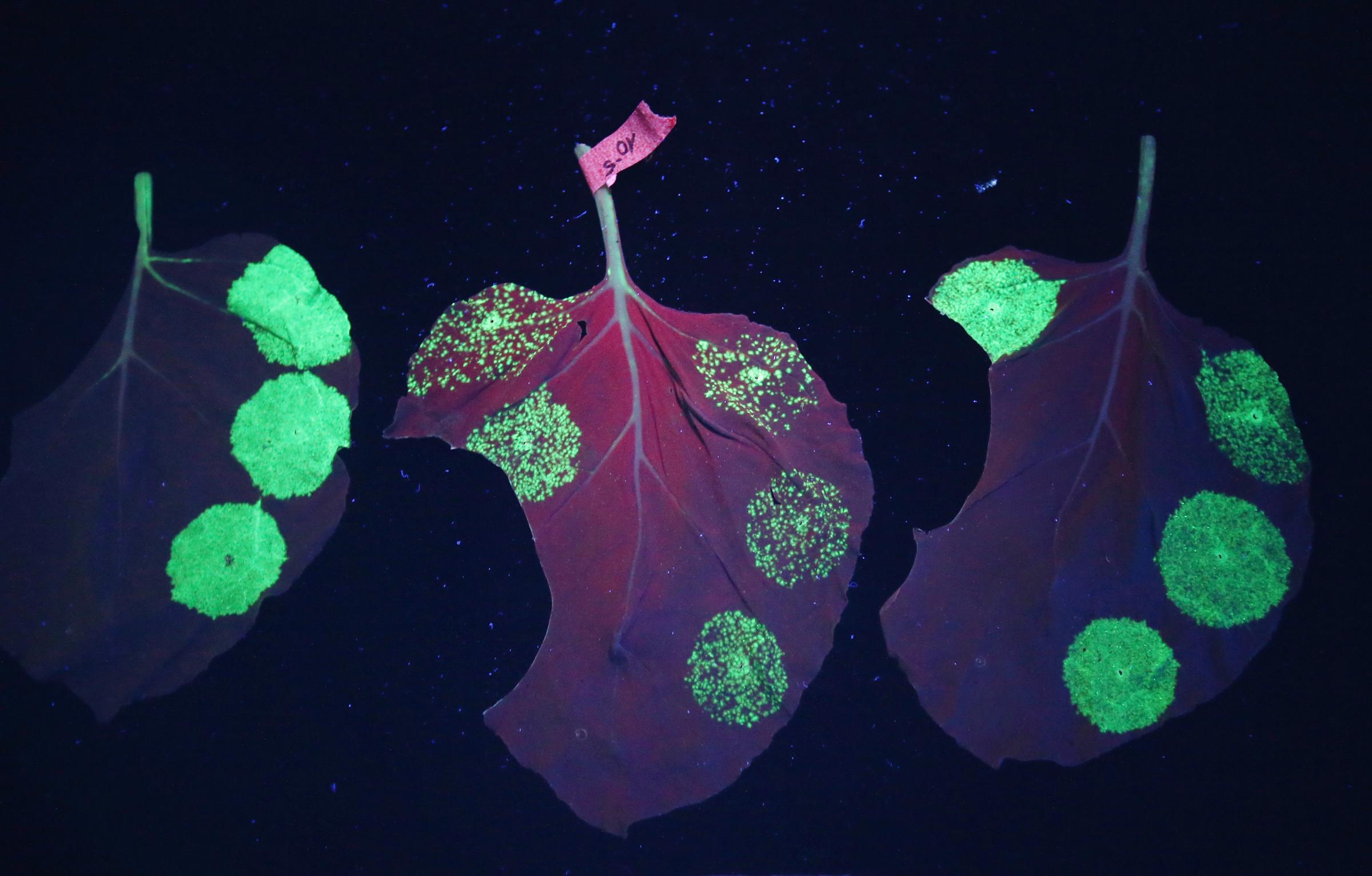
Mark McCaskill’s daughter is only 11 years old and so far knows only the most basic things about viruses and how they work. But she’s conducting pioneering biological experiments to find a treatment for Ebola. Or at least her Kindle is. When she’s not using it to listen to her favorite singers or watch the latest TV shows, her tablet is scanning thousands of chemical compounds, any one of which could turn out to neutralize, or even destroy Ebola and save thousands of lives.
That’s because her father, Mark, a transportation planning expert for Roanoke Valley in Virginia, signed up her Kindle, two of his own PCs and his mother’s computer to IBM’s World Community Grid (WCG), an innovative mass computing network that allows anyone to contribute in the fight against everything from brain cancer to polluted water and now, Ebola, by essentially offering to WCG their computer’s processing power when it’s not otherwise being used. Nearly 700,000 people have registered their Android phones or PCs on the WCG (the grid isn’t compatible with iOS yet, but IBM says it’s working on it).
“Some people volunteer in a traditional sense with Meals on Wheels. I think of this as my own personal form of volunteering, a new high tech way of volunteering,” says McCaskill.
See The Tobacco Leaves That Could Cure Ebola






There’s massive amounts of data out there that could prove revolutionary, but sifting through thousands—or millions—of compounds takes a whole lot of computing power. So every time McCaskill and his family members aren’t on their computers or tablet, their processing power is shunted to combing through the millions of compounds that exist in drug libraries that could be the answer to stopping Ebola in its tracks. Computational engineers call it “distributed computing,” but for the rest of us, it’s an opportunity to make like a world class biologist or immunologist or environmental scientist and indulge our inner science geek. In 1999, the team behind SETI, the Search for Extraterrestrial Intelligence, began using a similar strategy to analyze reams of radio signals from telescopes for possible extraterrestrial communications.
WCG essentially turns each device into a circuit in a massive virtual supercomputer. Each supercomputing task, such as vetting millions of chemical compounds for any potential activity against Ebola, is broken down into more manageable chunks and shunted to individual devices. The data, which is downloaded to the WCG in real time, is then collected, digitally ‘cleaned’ and delivered to the researcher like a birthday gift, neatly packaged and containing valuable and eagerly awaited information.
The idea for the WCG was born at IBM Foundation, when Stanley Litow, vice president of corporate citizenship and corporate affairs, began getting numerous requests from desperate scientists for IBM to donate supercomputers for their work. Declines in federal science grants meant that few institutes could afford the cost of a supercomputer at the same time that many of the most critical scientific projects—such as querying enormous databases of chemical compounds for potential cancer treatments and compounds that can fight emerging diseases like Ebola—required massive computing power. “We came to the conclusion that it would be possible to try to solve this problem with a virtual super computer using grid technology if we could get enough people to sign up to combine their computing power,” Litow says.
People were more than willing to chip in. More than 3 million devices from 680,000 donors are registered on the WCG. One of the grid’s projects, Help Fight Childhood Cancer, conducted 9 million virtual chemistry experiments in five years and found seven promising agents that are being studied to fight a common childhood brain cancer. The Clean Energy Project evaluated 100,000 molecular shapes of organic molecules to identify formations most suitable for becoming organic solar cells that may emerge as alternative sources of energy. And FightAIDS@Home was launched in 2005 and enlisted individual computers to collectively scan chemical compounds to find new drugs against HIV; it’s 90% complete. The Ebola project, which debuted on the grid the first week of December, completed in one week what it would have taken a PC with a single processor about 35 years to accomplish.
“My biologists cannot look at a million compounds, for one, and even if they could, we couldn’t afford to buy them all. And even if we could, there just isn’t enough time to screen them all,” says Erica Ollmann Saphire from the Scripps Research Institute who is scanning chemical databases for possible Ebola therapies.
Saphire has two Ebola-related projects that she’s hoping the network of devices out there will solve. In 2013, she and her team discovered that the wily Ebola virus actually existed in three different structural forms during its life cycle, changing from a holiday wreath structure to a zig-zagging matrix to a butterfly-like shape, each uniquely designed to optimize its journey from budding new virus to finding cells to infect and finally invading those cells. “It’s like having thread that can be yoga pants in the morning, unraveled and reknitted into a shirt for work, then unraveled and reknitted into slippers for the evening when you go home,” says Saphire.
But understanding how these three complex structures form, and what signals them to materialize at specific times, is a “really complex computational problem,” she says. “The level of complexity of the three entirely different structures is each so big that you can’t even say it might take hundreds of years for a computer to accomplish; it would just be impossible to accomplish since there are just too many atoms and too many variables,“ says Saphire.
But with thousands of people chipping away at a small part of the problem, the large, complex, nearly impossible problem becomes potentially manageable. At least that’s what Saphire and the scientists at IBM are hoping.
And people like McCaskill are happy to do their part. Has the heavy lifting for science put a dent in his computing power? Not at all, he says. Cyber security hasn’t been a concern since IBM monitors the grid and ensures that any private information on PCs isn’t accessed or downloaded. And his daughter hasn’t complained about the grid draining her battery power, since the Kindle is set up to do most of its computing while the device recharges at night.
“You don’t have to be in Silicon Valley, or some megalopolis, you can be in an area like we are, and be doing creative stuff and cutting edge research,” McCaskill says.
More Must-Reads from TIME
- How the Economy is Doing in the Swing States
- Harris Battles For the Bro Vote
- Our Guide to Voting in the 2024 Election
- Mel Robbins Will Make You Do It
- Why Vinegar Is So Good for You
- You Don’t Have to Dread the End of Daylight Saving
- The 20 Best Halloween TV Episodes of All Time
- Meet TIME's Newest Class of Next Generation Leaders
Contact us at letters@time.com